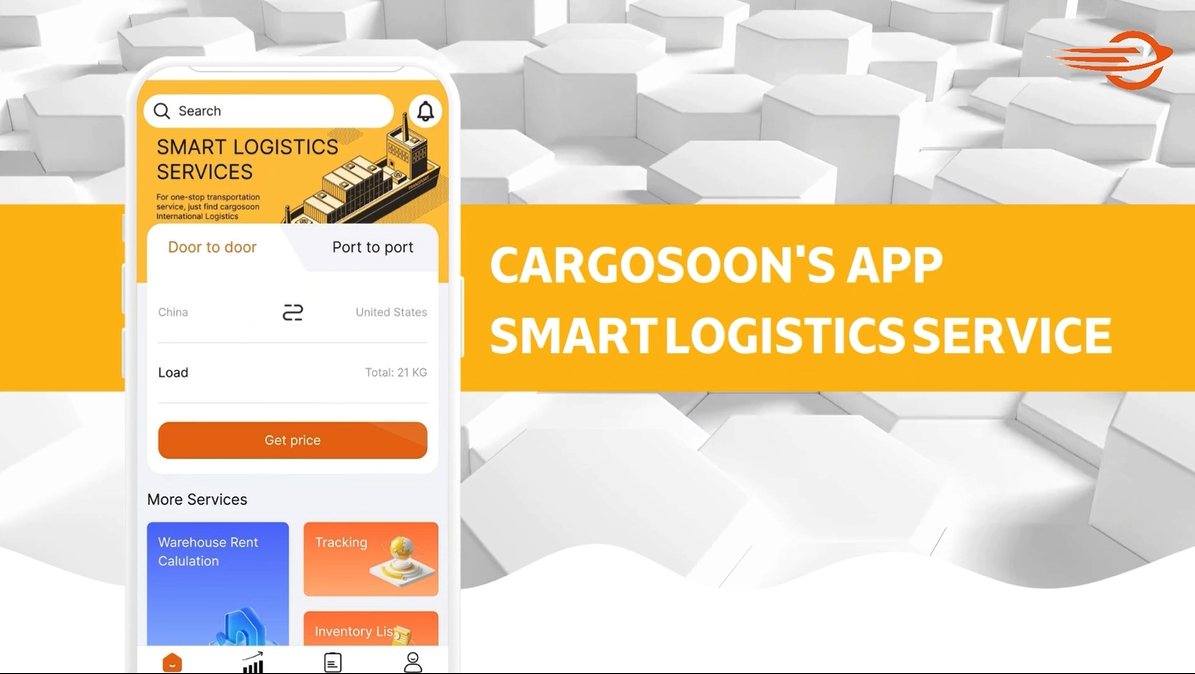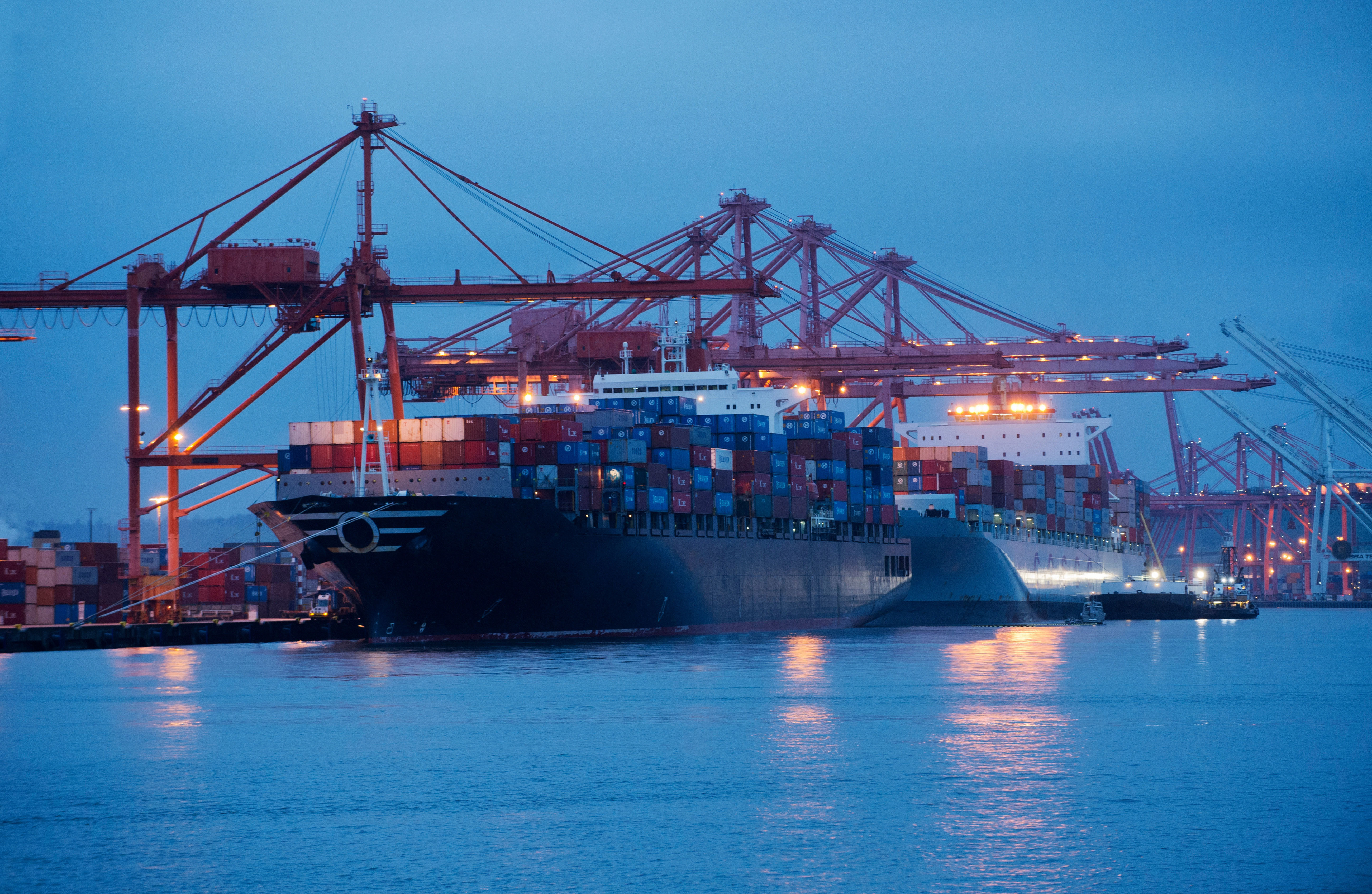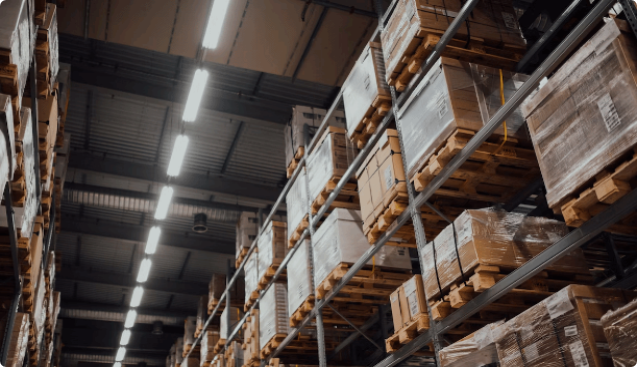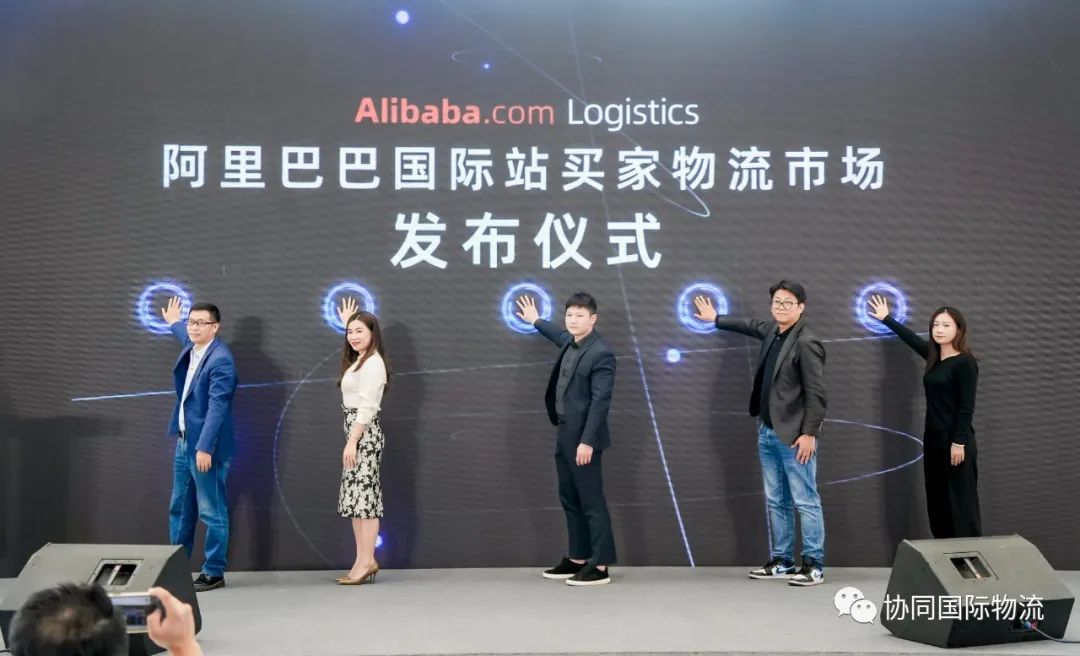To make a strategy, we must first understand the status and development trend of the industry:
Let me briefly talk about the development journey of traditional Chinese freight forwarding. It emerged in the late 1990s. Joining the WTO in 2001 made China the factory of the world. The blowout development of export trade and freight forwarding. There are many freight forwarders with hundreds of people. The global economic crisis triggered by the US subprime mortgage crisis in 2008. The pace of Chinese exports has started to slow. Traditional freight forwarders began to reshuffle. Gradually some large freight forwarders have more than 500 people. Many medium-sized freight forwarders have faded out of the historical stage.
In 2012, Amazon started to open stores globally. Cross-border e-commerce began to grow wildly. Freight forwarding cannot keep up with the rapid development of cross-border e-commerce, and large freight forwarding companies focusing on express parcels have emerged near the airport. For example, pass the Quartet, Yuntu. In 2016, some Shanghai-style agents began to appear. Our company did fba business for the first time in 2015. During the three years of the epidemic, Shanghai Pai Freight Forwarding has experienced explosive growth. This year, Haipai freight forwarders also began to reshuffle. The rest is king.
Let me talk about the simple situation of world freight forwarding. In western developed countries, 20% of the freight forwarders account for 80% of the goods. The largest freight forwarder in the world, Kunhne Nagel, had a box volume of more than 4 million teu last year. The leading freight forwarder in China is 300,000-400,000 teu a year. In the post-epidemic era, China is also accelerating towards this trend. Why do European and American major freight forwarders account for such a large share? The main reason is that they not only provide freight forwarding services, but also provide comprehensive logistics services such as contract logistics. Their global outlets, efficient information systems, global warehouses, logistics operation capabilities, and advanced management concepts. These are all small companies can not have.
Japan and South Korea are Asian countries. They have many big forwarders. The characteristic is that it goes overseas with domestic brands such as Sony and Samsung, and has a global layout.
There are two main types of freight forwarders in China: traditional container air freight forwarders and cross-border e-commerce freight forwarders. Traditional freight forwarders control more than 90% of the goods, and cross-border e-commerce freight forwarders, sea and air, account for a small proportion of the total export volume. But the goods began to develop from the whole container to fragmentation. From Hong Kong to door-to-door development. Offline trade is developing towards online trade. Chinese brands have begun to go overseas, and Chinese freight forwarders are bound to follow Chinese brands to go overseas. 20% of the large freight forwarders will account for 80% of the export share.
This is the advantage of Co-logistics! Relying on the 15-year operation of Ali International Station, Co-logistics already has the characteristics of a modern freight forwarder.
Ali International Station will launch a new version of the Ali logistics channel in the near future. The store will gradually weaken and fade out. But in the new version, synergy will still play the leading role. Alibaba buyers seamlessly fit the trend of logistics development: fragmentation, door-to-door service, online trade, and brand going overseas.
Our vision for the next five years is to become the global supply chain service provider of Top1 overseas e-commerce sellers.
1. Focus on the procurement of several secondary categories. Customers can save procurement labor costs and only need to focus on e-commerce operations
2. Information Services. Customers save time. Know the status of the goods online at any time. The API can be connected to the customer website to improve the service quality of the C-end. We become the logistics coordinator of the customer's store.
3. Optimize logistics services, reduce inventory and improve efficiency. Comprehensive procurement, transportation, and domestic and foreign warehouses provide customers with logistics solutions. Change the customer's business operation mode. We become the customer's logistics team.
4. Overseas outlets. Being able to respond to customer inquiries in real-time can improve local service levels and customer trust. Relying on the massive customer traffic and self-operated platform of Ali International Station. Opportunity to rapidly expand overseas network.
5. Reform the company's organizational structure and transform from a small company to a large company. Training new logistics talents. Provide professional services to customers.

Our Blog
Explore Our Blog Articles.




















